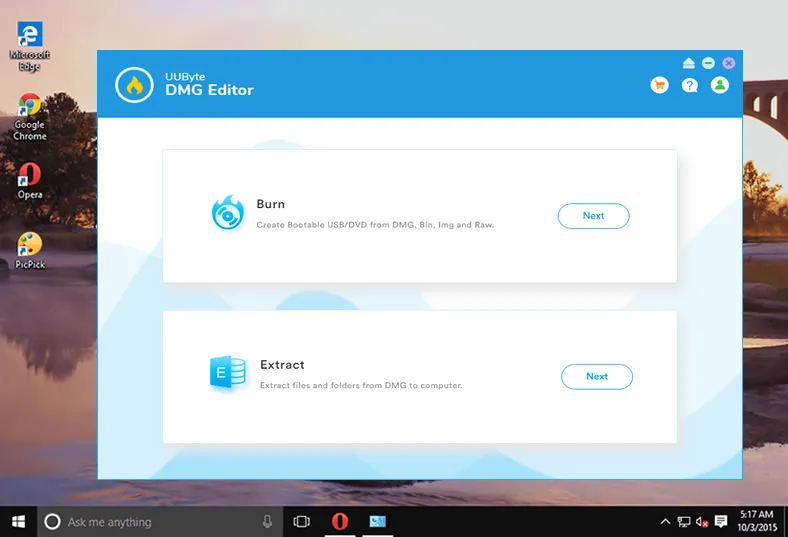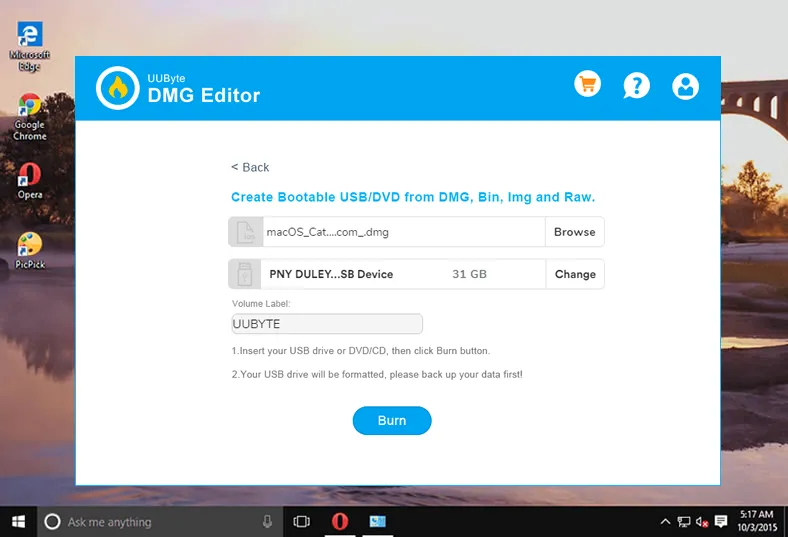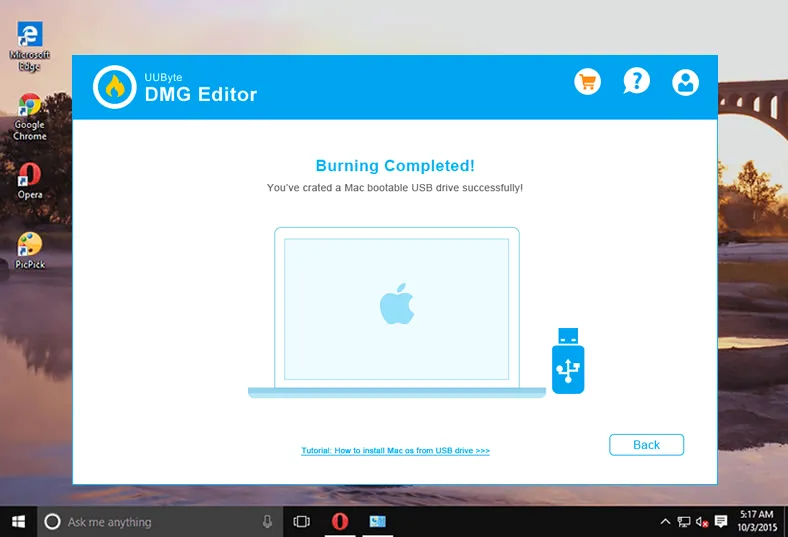macOS Big Sur is still in pulic beta and not stable according to user feedback. We heard dozens of popular apps like Dropbox and Parallels Desktops not working properly in Big Sur. So it is not the perfect time to upgrade to Big Sur. Instead, you can test it out by installing the OS on an external hard drive or SSD.
Before moving ahead, you must be familiar with the task that you need to perform in the operation. In a glimpse, you will need an external hard drive and format it Disk Utility. Next, you need to download the installer (.dmg file) and then create a bootable USB drive and at last, you will learn the ways to install macOS Big Sur on an external hard drive. Now, you will have to go through each section one by one, and here, you will get the detailed instructions of each method.
Portable Hard Drive or SSD?
The first question comes to the selection of portable external drive, which is the final storage media to keep OS files. It could be a traditional Hard Disk Drive (HDD) or Solid State Drive (SSD). In simple terms, hard drive should be the your choice only if you had tight budget or looked for large volume disk (over 1TB). For rest of the cases, SSD is always the best chocie because of faster writing and reading speed. No one want to run macOS Big Sur on external drive but with weak performance, right?

Please note! No matter what kind of external drive you decided to buy, make sure the ports are compatible with your Mac. On modern Macs, it is usually shipped with USB 3.0 port and Thunderbolt 2/3.
Part 1: Format External Hard Drive or SSD
The default file system on portable hard drive or SSD is exFAT or FAT, which is used for Windows or Linux OS. macOS uses totally different file system so you have to format the external drive first in order to install Big Sur on it. Formatting the external drive (SSD) will wipe all the data associated to it. So, if you had important files, then make sure to take a backup first.
Step 1: Connect the external drive to Mac using the cable.
Step 2: Open Disk Utility and click on the view icon to select Show All Devices.
Step 3: Now, select your connected external drive and further click on the Erase button.
Step 4: You will have to fill the available boxes with the Big Sur or another name in the Name section. Select APFS from the drop-down menu in the format box and finally, select GUID Partition Map for the Scheme section.

Step 5: After completing the above task, click on the Erase button. Now wait for a few seconds as the format process is started and once it is completed, click on the Done button.
Your first task is done as you have formatted the drive to Mac supported format and now you need to download the macOS DMG file for creating macOS USB bootable drive.
Part 2: Download macOS Big Sur DMG File
DMG is the default file type on Mac for compressing files and macOS Big Sur installation file ends with .dmg. If you already got this file, then move to Part 3. If not, please download .dmg file of macOS Big Sur from here (Link 1 & Link 2). The installation file is 10GB so it could take some time to complete the download process. This is largely dependent on how fast your Internet connection is.
Your second task is done and you have successfully download the dmg file of macOS Big Sur. Now, you need software to burn macOS Big Sur dmg file to external drive. This part can be done with the help of UUByte DMG Editor.
Part 3: Create Bootable macOS Big Sur Installer for External Drive
To make a macOS Big Sur bootable drive, you have to burn .dmg file to it. However, this must be done with the right software. A single copy-paste won't work in this way. In here, we will use DMG Editor as example, which can directly write .dmg file to external drive like hard drive, SSD and USB stick. Moreover, DMG Editor allows the users to open and extract the DMG files on both Windows and Mac operating systems.


Step 1: Run UUByte DMG Editor and Connect External Drive
Download and Install UUByte DMG Editor on your Mac and make sure to perform the task from its official site. Plug your external drive to Mac and launch UUByte DMG Editor on your Mac. On the main interface, you will get Burn and Extract options. Click the Burn section, and then click on the Next button.

Step 2: Import .dmg File
Now, import the downloaded file of macOS Big Sur into DMG Editor by clicking on the Browse button. Also ensure that the external drive is detected by this application, if not, then reconnect the drive to Mac.

Step 3: Burn macOS Big Sur .dmg to External Drive
After uploading the OS files, you need to click on the Burn button and within a short time, the burning process will be completed. Once it is done, you will get a successful message on your Mac screen.

The burning process is completed and a bootable drive is ready to use. Now, you need to boot this drive to install macOS Big Sur. The comprehensive steps are provided below.


Part 4: Install macOS Big Sur on an External Hard Drive or SSD
Step 1: Connect the external drive to your Mac.
Step 2: Shut down your Mac and then turn it on. Make sure to press the Option key at booting. Now, select the bootable external drive and then press the Return key.
Step 3: Your Mac will restart few times, and then it will direct you to Recovery Mode; click on the Utilities, and further click on Reinstall macOS.

Step 4: Now, provide the installation path, i.e. your external hard drive, and then click on the Install button. Wait for a while as the installation process will take some time.
Step 5: Once the installation of macOS Big Sur on an external drive is completed, you will be directed to the setup page, and here you need to click on the Continue button.
Step 6: Next, you need to Sign-in with your Apple credentials to sync the files on the iCloud. Now, click on the Get Started button and configure the Big Sur as per your convenience.

Once the setup is completed, you can always boot into macOS Big Sur by pressing Option key at booting stage. This is much more safe and convenient to install macOS on internal drive of your Mac.
Part 5: Troubleshooting Guide
We have tested the whole process throughly on an MacBook Pro and iMac. However, you might experience some error before or after installation process. We have gathered a few common issues according to user feedback and provide useful suggestions to fix it. Please read more and check it out!
Note: macOS Big Sur can be only installed on supported Macs according to Apple Official document. You have to make addition adjustment if you want to install it on unsupported Mac. And you will receive error message more frequently than supported Mac. Please keep this in mind.

Q: External drive is not bootable
A: All Macs with T2 chip will have this issue if Startup Security Utility is enabled on your Mac. This mostly happens on MacBook Pro with Touchbar. Please follow this guide to turn on the options to allow Mac booting from external media.

Q: The Operation couldn't be completed. (BIErrorDomain error 8)
A: Make sure your Mac is connected to Internet. If the error still exists, erase the external drive to HFS+ instead of APFS as we suggested in Part 1. After that, download the latest Big Sur beta and create the bootable installer once more time.
Q: A software update is required to use this startup disk.
A: This error means you just try to install an out-dated version of Big Sur. Please download the latest version and follow the instructions to make a bootable installer.
Q: Installation completed successfully but frozen.
A: Wipe clean the external drive in Disk Utility and create a fresh bootable installer. And repeat the above process. If this does not work and you really want to use macOS Big Sur, please backup your internal drive and install Big Sur on it with a new partition (if the volume is big enough).
Summary
So, these were all about the way to install macOS Big Sur on an eternal drive. The method is pretty simple and all you need a bootable USB drive and an external hard drive to accomplish the task. You can simply create a bootable USB drive using DMG Editor because it takes less time and gives the desired output.


